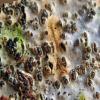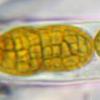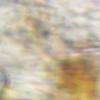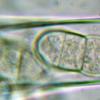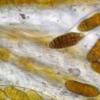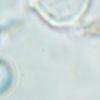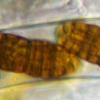
14-11-2025 16:26
 Marian Jagers
Marian Jagers
Hello everyone, On dead wood of Cytisus scoparius

14-11-2025 18:31
 Lothar Krieglsteiner
Lothar Krieglsteiner
Hello,can somebody provide me with a file of:Rothe

12-11-2025 09:25
 Viktorie Halasu
Viktorie Halasu
Hello, I need help with a pale terrestric Pseudom

11-11-2025 20:16
Bohan JiaHi, lastly I have found these tiny yellow decayin

09-11-2025 13:20
Hello.A tiny ascomycete, appearing as erupting gra

08-11-2025 00:29
 Francois Guay
Francois Guay
I found this species in Quebec, Canada, on herbace
Ascomata developing under the bark (Betula), erumpent, up to 6 together. Ascomata black, globose to ellipsoid with slightly papillate ostioles. Asci about 270 x 18 mu, bitunicate and uniseriate. Ascospores 30-40 x 13-15 um, hyaline turning brownish, firstly one median septum, subsequently 3-septate and becoming golden yellow and muriform. End cells appear to remain paler. Presumed anamorph with hyaline, cylindric conidia with small guttules, about 3 x 1 um.
Little is known about Fenestella betulae described in 1883 by Saccardo. Berlese (1900) treated it as a synonym of F. princeps (= F. fenestrata) but the ascospores of F. betulae appear to much smaller. A modern description does not exist. Jaklitsch & Voglmayr (2020) could not include it in their recent treatment of the genus because of lack of fresh material.
It would be interesting if somebody has more information on this species.
Thanking in advance for help, Eduard

